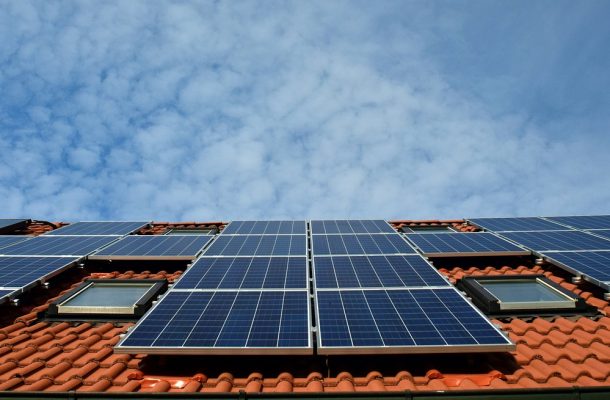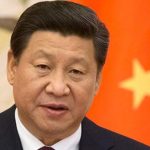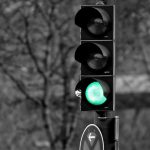Small-scale Renewable Energy Scheme inspection program

On Tuesday, 18 December 2018, the Australian National Audit Office (ANAO) released the report ‘ Administration of the Renewable Energy Target’ which is an independent performance audit to assess the effectiveness of the Clean Energy Regulator’s administration of the Renewable Energy Target scheme.
The report found that the Clean Energy Regulator effectively administer the Renewable Energy Target scheme. The final report, including the full list of recommendations, is available on the Australian National Audit Office website.
The ANAO made a recommendation that the Clean Energy Regulator examine any possible residual electrical safety risks and provide a report on this to those responsible for managing these risks, primarily state and territory regulators.
Solar photovoltaic electrical regulations
Electrical safety of all electrical installations and products, including solar PV installations, is the responsibility of state and territory electrical safety regulators who enforce and administer relevant standards and requirements.
Under the Renewable Energy Target, the Clean Energy Regulator is required to undertake inspection of a statistically significant sample of installations installed during the previous year and provide the results to those with the power to enforce standards, the state and territory electrical safety regulators.
Clean Energy Regulator inspection program
The Clean Energy Regulator is responsible for providing financial incentives (in the form of renewable energy certificates) under the voluntary Small-scale Renewable Energy Scheme (SRES). These incentives are approximately one third of the total cost of a system. To be eligible for the Commonwealth incentives under the SRES, systems must be installed in accordance with standards set out by state and territory laws. There is also an extra level of requirements that need to be met, these include:
- the installation of the PV system is supervised by an accredited Clean Energy Council installer, these installers undergo additional training and annual professional development, and
- the design and install of the system must meet Clean Energy Council guidelines, these go beyond the state and territory electrical safety rules.
By providing the findings of the inspections to electrical safety regulators and the Clean Energy Council, those organisations are better able to perform their roles in licencing and accreditation of solar installers and designers and to also propose any necessary changes to standards and guidelines.
To appoint an inspector, the Clean Energy Regulator engages an experienced person or organisation that is independent of the designer or installer of the system and does not have a conflict of interest in relation to the system installation.
Since May 2011, the Clean Energy Regulator has regularly published inspections updates providing a summary of the inspection program results.
Substandard installations
The inspection standards the Clean Energy Regulator use are very high and the inspections are thorough. A substandard rating does not mean the whole system is substandard. Typically, such a rating is because one or two relatively minor defects are found in the installation that does not affect performance.
There is often a spike in sub–standard inspection findings following the release of updated standards. For example, the new standard could require that a heavy duty conduit is used instead of a standard duty conduit.
Unsafe installations
The following actions are taken as a result of a systems being classified as unsafe:
- the system is shut down or otherwise rendered safe by the inspector
- the owner and/or occupier of the premises is advised by the inspector of the nature and extent of the safety risk, or
- the relevant state or territory electrical regulatory authorities, the Clean Energy Council and energy network provider are advised by the inspector of the nature and extent of the safety risk.
The report states that there has been an overall decline in the rate of installations assessed as ‘unsafe’—from 4.2 per cent in 2011 to 2.7 per cent in 2018. The report states that the major cause of ‘unsafe’ installations is water ingress into the direct current isolator switch.
Clean Energy Regulator’s analysis in 2015 indicated that 80 per cent of the ‘unsafe’ installations since the inspection program commenced were caused by water ingress in direct current (DC) isolator enclosures on rooftops that created a potential electrical safety risk.






